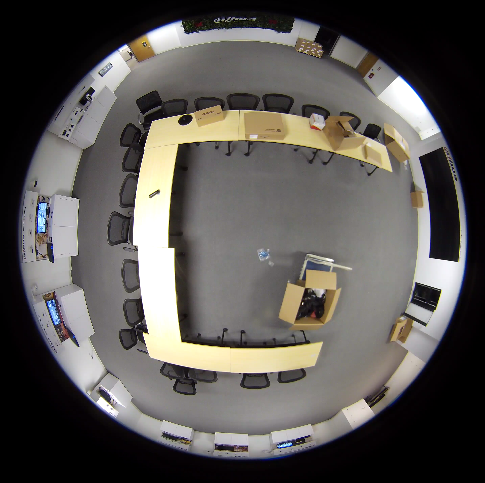Sales/Choosing an IP Camera
Contents
Choosing an IP Camera
When selecting an IP Camera there are many things to consider. We will go over the following criteria to help assess which IP Camera is best for your clients.
Pixel Density and Intended Target
The first consideration when deciding on a camera is the resolution that will be required. The higher the resolution of the camera, the further away the camera can be installed from the area you want to view.
Location
Pixel Density
Naturally a customer wants to know how clear the video resolution will be from a system before making a purchase decision. When it comes to designing a video surveillance system, picking the right camera components is paramount to ensure a customer’s expectations are met.
Image Sensor
Image sensors
Lens and Field of View (FOV)
A camera's lens will determine the Horizontal Field of View, or FOV, based on how far the lens is from the image sensor. The greater the distance the smaller the FOV.
For example, take a look at the images below:
- Super Wide Angle: these create a “fisheye” effect and can cover a viewing angle of 180 degrees or more. These are typically in the 8mm to 12mm range.
- Wide Angle: Lenses covering a viewing angle of between 110 and 60 degrees, representing an effective focal length of 10mm to about 25mm.
- Standard/Medium: Lenses covering a viewing angle of 60 to 25 degrees, representing an effective focal length of 25mm to about 65mm.
- Telephoto: Lenses which cover a viewing angle of 25 to 10 degrees, which corresponds to a focal length of 65mm to 160mm.
- Super telephoto: Lenses which cover a viewing angle of 10 to 1 degrees, ie, 160mm to 600mm focal length.
x
Outdoor, Indoor, and Vandal Proof
H.264 or H.265
H.265 systems are starting to hit the market. Dahua systems that are H.265 compliant will also work with H.264 cameras. So you don't need to worry about compatibility issues. You do want to match a H.265 NVR with H.265 cameras if you are dealing with bandwidth constraints.
All Dahua systems are compatible with H.264.
H.265 systems can be found in the following:
Audio Recording
If audio recording is a requirement, you want to consider purchasing an IP Camera that has, "Audio In"
Dahua NVRs do have audio in and out, but those are used exclusively for two-way talk only, and cannot record audio to channel 1 or any other channel.
IVS Features
IVS features might be a requirement for your client. If that is the case, you can easily identify Intelligent, or IVS capable, cameras by the "-I" appended to the end of the model.
The following are IVS features:
- Face Detect
- Tripwire
- Intrusion Detection
- Abandoned/Missing
- Scene Change
- Audio Detection
- People Counting
- Heat Map
- PTZ IVS Auto Tracking Setup

